Purpose of installing wall mounted area lights
A wall mounted area light is designed to illuminate a geometric area that is between buildings or adjacent to a building. It is installed to provide a clear view of an area from a distance, enable drivers to clearly see pedestrians and navigate various barriers and obstacles (particularly in the visual periphery), address pedestrians’ visual and perceptual tasks such as detection and identification of tripping hazards and evaluation of personal safety. Wall mounted area lights are also used to serve security lighting which removes potential hiding spaces adjacent to residential or commercial properties, deters criminal activities against persons or property, and facilitates the proper use of other security devices (e.g., security cameras) available on the property. This type of ambient lighting systems is intended to provide comfortable visibility of activity areas in the vicinity of garage doors, parking areas, loading docks, entrances, porches, patios, walkways, driveways, back yards and more.
Mounting heights
The key to designing with wall mounted area lighting systems is selecting the optimal mounting height, light output and optical design combination to maximize the efficiency of the system while providing tight control of obtrusive light. Luminaire mounting height is the most critical attribute of scale of outdoor lighting. Mounting heights of area luminaires are typically 3 m to 8 m. The luminaires are mounted on cantilever arms which come in different lengths to extend the forward reach of lighting.
Wall mounted area lights with higher mounting heights are similar to those used for davit-style, truss-style or mast-arm lighting. The difference is that they are supplied with wall mounting brackets. In residential applications or urban areas with heavy pedestrian traffic, luminaire height and arm design should respond to the human scale. Mounting heights of the luminaires designed for human scale illumination is less than 5 m. Decorative arms are commonly used to blend with the surrounding architecture or coordinate with the landscaping.
Photometric performance
Wall mounted area lights are available in various configurations and styles. These luminaires generally fall into one of three categories: functional utility (e.g., cobra-head style), functional architectural (e.g., shoebox style), and decorative architectural. They are usually direct lighting systems with their optical systems in perpendicular to nadir (parallel to the ground or pavement) or general diffuse systems that have unrestricted light output below and near horizontal directions.
Wall mounted area lights also include the projection-type luminaires which provide a forward-throw coverage up to several times the mounting height. However, these luminaires may emit an excessive amount of obtrusive light if they’re not shielded. Indirect lighting systems which shield the light source from normal view are mostly found in applications where architectural styles and low-glare lighting are required.
The area lighting system design is based on the illuminance method which determines the amount of light incident on the horizontal and vertical surfaces. Horizontal illuminance is the normal design criteria because it contributes to pavement luminance. However, it’s vertical illuminance that creates vertical object luminance, facilitates facial identification in security zones, and helps accomplish tasks that are located in a vertical plane. Therefore quantitative assessments of horizontal and vertical illuminances should be performed during the design or selection process of area lights. A minimum illuminance must be specified with a min-max uniformity ratio across the target area. Uniform distribution of illuminances in areas where pedestrians interact with moving vehicles provides better visibility. Visual comfort is achieved with good uniformity which minimizes eye adaptation.
Controlling light pollution
Effective visibility in nighttime environments calls for considerations on not only illuminance and uniformity when it comes to luminaire design, but also glare. Excessively high luminance in relation to the state of adaptation can compromise the ability to see or identify objects (disability glare) or produce ocular discomfort which can cause eye fatigue, eye strain, or other physical reactions. The presence of bright sources in the periphery of the field of view must be eliminated for safety considerations. In addition to glare control, area lighting needs to be appropriate in relationship to the surrounding community and environment.
Outdoor lighting designs should minimize light trespass and sky glow. Light trespass, also known as spill light, is light that strays from its intended purpose onto adjacent property. Sky glow is a type of light pollution that results when light scatters off clouds, water vapor or dust in the atmosphere. Glare, trespass and sky glow are interrelated types of obtrusive light as they’re all dependent on the design of the luminaire optical system. To address obtrusive light problems, wall mounted area lights must provide tight control of candela distributions.
The IES Luminaire Classification System for Outdoor Luminaires (LCS) defines three solid angles for evaluation of the distribution of light from a luminaire: forward light (F), backlight (B), and uplight (U). Based on the lumens in each of the backlight, uplight and high-angle subzones, a luminaire is assigned a BUG (Backlight, Uplight, and Glare) rating. The BUG rating provides information on optical performance related to the potential for light trespass, sky glow, and glare control.
LED lighting advantages
Currently, LEDs are the dominant choice of light source for outdoor lighting. Solid state lighting based on LED technology overcomes many of the disadvantages of HID and fluorescent lighting. Holistic optimization of lighting application efficiency (LAE) factors (optical delivery efficiency, spectral efficiency and intensity effectiveness) drives vast energy savings beyond just improvements to light source efficiency. Cost savings from reduction in maintenance due to the operational reliability and mechanical durability of semiconductor emitters further add up to the return on investment (ROI) of LED luminaires.
With LED lighting there is also the opportunity to improve the scotopic/photopic (S/P) ratio, color rendition and uniformity of light distribution for the visual performance of lighting. Building intelligence and networking into LED luminaires enables users to exercise control over their outdoor lighting with an app on smartphones and tablets. The LED technology platform enables more freedom in new lighting form factors, allowing LED luminaires to be designed to fit various architectural forms that are not possible with traditional light sources.
Design and engineering
Wall mounted LED area lights are offered with a choice of lumen packages, light distributions, performance variants, and control features. Most outdoor LED luminaires are integrated systems with the entire luminaire optimized to address the thermal, mechanical, electrical and optical requirements from the LEDs for a particular lighting application. The light engine, which is an assembly of LEDs mounted on a metal-core printed circuit board (MCPCB) or an integrated LED array, may use different types of LED packages which include mid-power packages, high-power packages, chip-on-board (COB) packages, and chip scale packages (CSPs).
The package platform has a major impact on the light extraction efficiency (LEE) and thermal performance of an LED. However, the ultimate efficiency and useful life of an LED luminaires depend on how the LEDs are integrated into the system. The light engine is attached to a flat surface of a heat sink. Thermal management is critical to the lumen maintenance of the LEDs. Maximizing material thermal conductivity and effective surface area of the heat sink will result in a lower thermal impedance and higher efficiency heat dissipation. The heat sink of an LED area light is typically made from die cast aluminum and serves double duty as the luminaire housing.
The optical system in the luminaire extracts light from the source and controls the distribution of light to the application. A very common optical system for LEDs is a lens array which provides package-level optical control for the array of individual SMD LEDs. Another option is to utilizes a reflector, refractor, or diffuser over the entire system. The housing and optical system form the enclosure with a high ingress protection (IP) rating that protects the light engine from dust and water intrusion.
Line and load regulation
A line-operated LED area light is equipped with an AC-DC LED driver which converts commercial AC power into DC power suitable for driving the LEDs. The LED driver is the heartbeat of any line-operated LED product since it must perform many functions such as power conditioning, power factor correction, power conversion and load control to provide regulated output power to LEDs. The most crucial parameters of an LED luminaire such as lifespan, efficiency, flicker-free lighting, and surge protection depend, almost exclusively, on the circuit configuration and electrical performances of the driver.
Wall mounted LED area lights are commonly designed as solar powered systems which transform the power of the sun into sustainable off-grid lighting solutions without the burden of rising electricity costs and increasing carbon footprint. The photovoltaic power generation system converts sunlight into electricity using an array of solar cells made of a monocrystalline, polycrystalline, or amorphous silicon-based semiconductor. At the heart of every solar powered lighting system is the solar charge controller that regulates the current from the PV array in order to protect the battery from being overcharged. The charge controller also regulates power to the LEDs.
Dimming capability is often built into AC-DC LED drivers and solar charge controllers. The drivers and controllers commonly work with occupancy sensors to make lighting adaptive in areas with irregular usage patterns. Daylight harvesting is also a frequently used lighting control strategy which use dusk-to-dawn photocontrols allows the luminaires to turn on or off based on ambient light conditions.

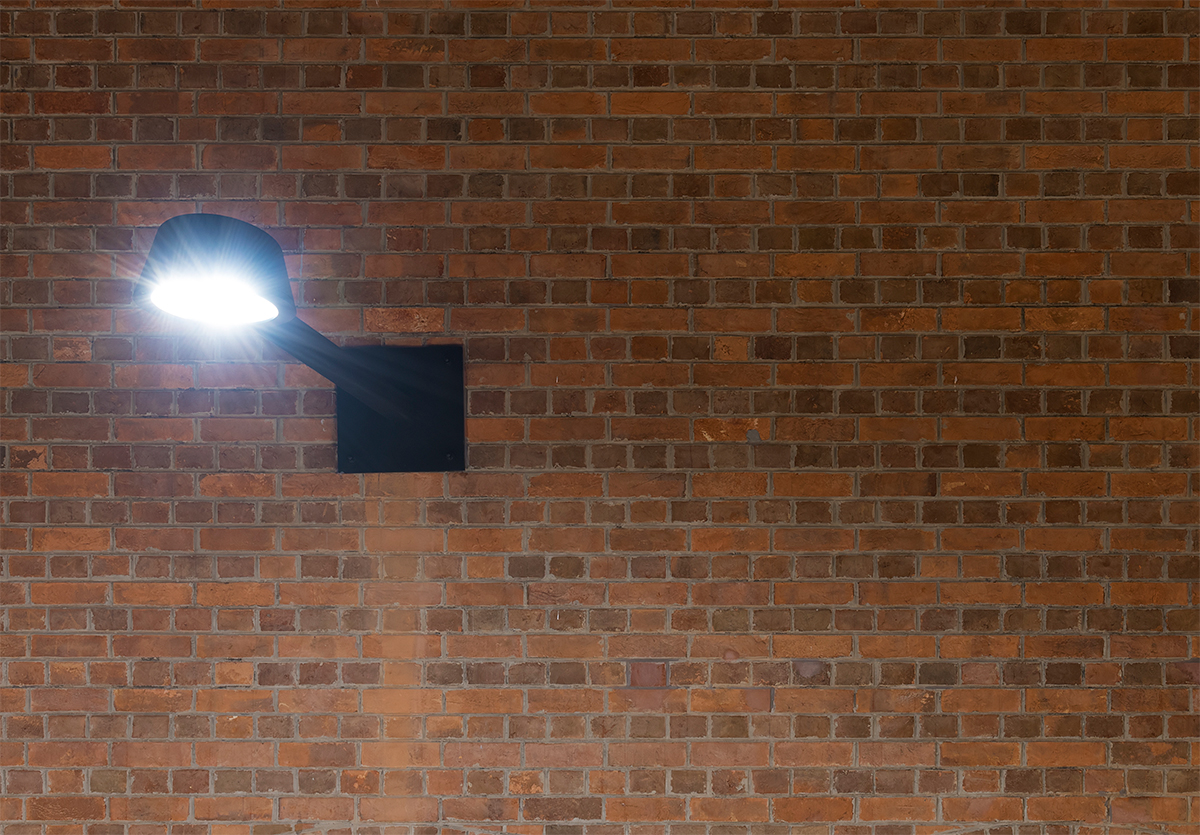
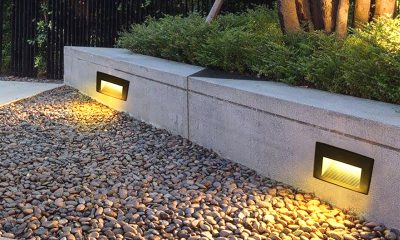
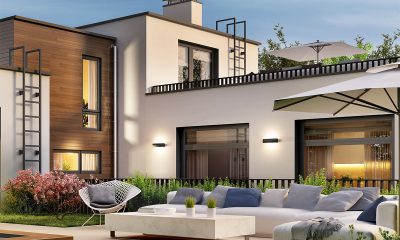
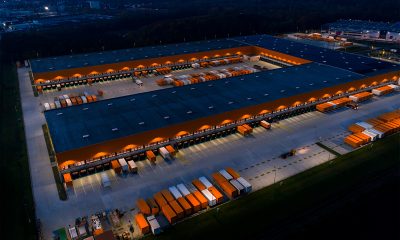
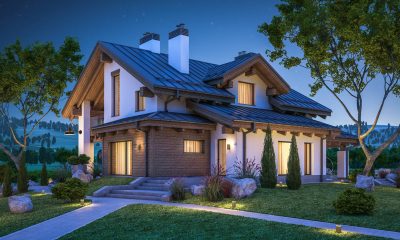
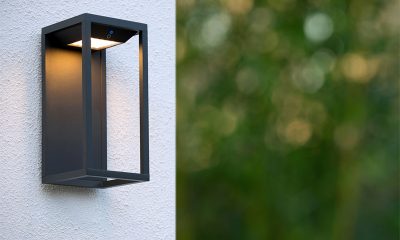

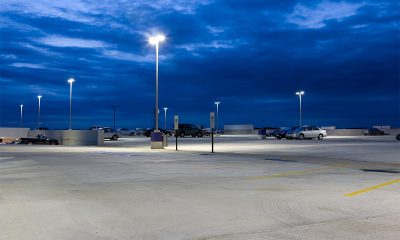
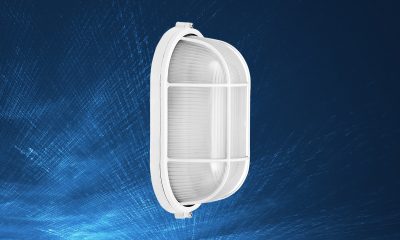
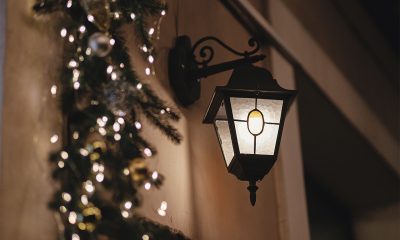
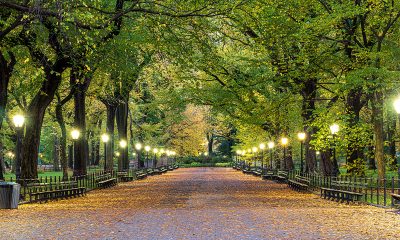

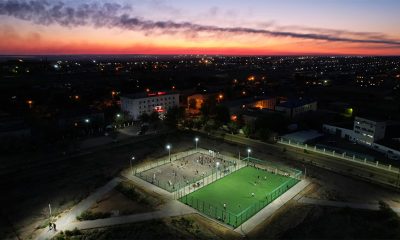





Loading...